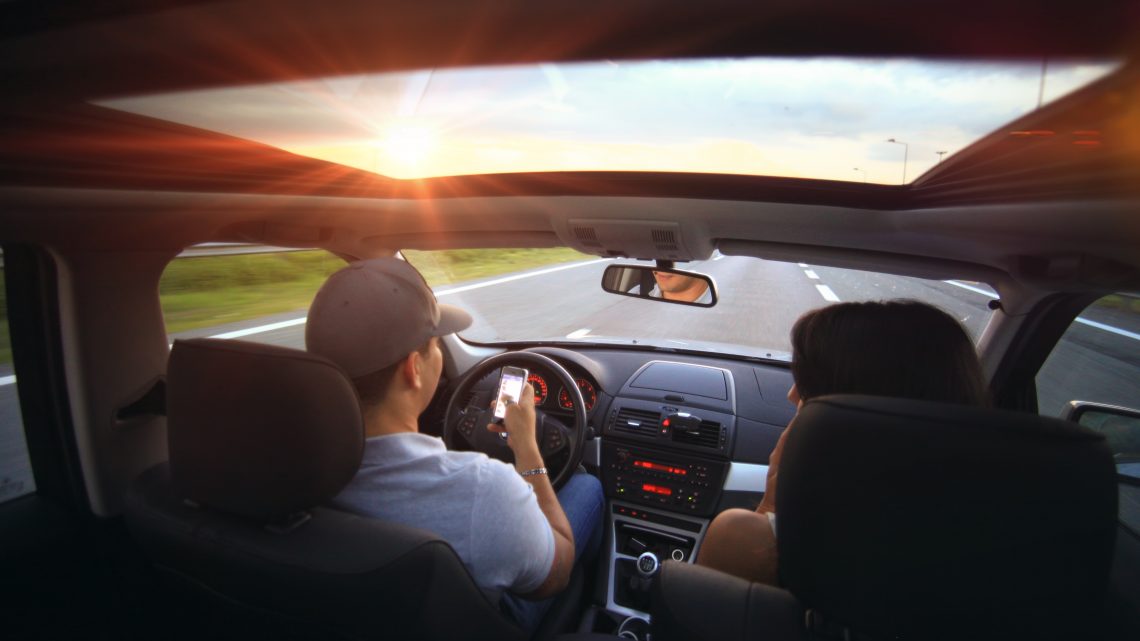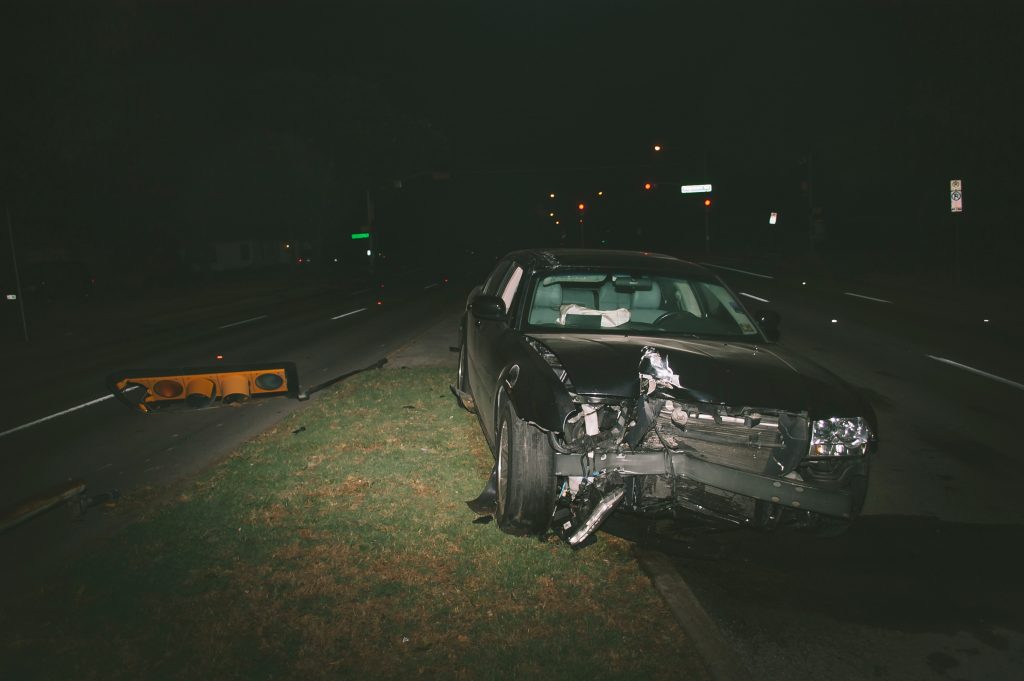Proclaimed by some to be even more dangerous than driving under the influence, distracted driving has been a growing threat to people on the road for years. The worst part? People don’t realize how serious this really is. Claiming 3,450 lives and 391,000 injuries in 2016 alone, distracted driving is slowly becoming a large issue that requires immediate action.
The Definitions
DUI:
According to California’s DUI laws, it is illegal to operate a motor vehicle with a blood alcohol concentration percentage of 0.08% or higher (Commercial vehicles carry a lower percentage of 0.04%). The law also includes medications and illegal drugs.
Distracted Driving:
Distracted driving could be any activity that might divert attention from driving. This includes talking or texting on the phone, eating and drinking, and dabbling with the vehicle’s entertainment system. Basically, anything that takes your attention away from driving safely and is a potential distraction.
Driving distractions are divided into three types:
- Visual: takes your eyes off the road.
- Manual: occupies your hands or legs.
- Cognitive: takes your focus away from the road.
A Real Problem
One of the main reasons that truly showcases the dangers of texting while driving is the fact that it incorporates ALL three types of previously mentioned driving distractions.
In the average 5 seconds needed to view or reply to a text, your vehicle would have covered at least the length of a football field (traveling at an average 55 MPH). Imagine all the things that could go wrong in those quick seconds.
While the legal limit of blood alcohol concentration is at 0.08%, it’s been proven that the negative effects of alcohol begin with the consumption of any amount of alcohol.
A study by the National Academy of Sciences looked into the effects on drivers with different BAC levels and found that impairment could happen at as little as 0.079%. Effects include a decline in visual functions and a decline in the ability to perform two tasks at once.
Following the footsteps of legislators from the state of Utah, the study pushes for lowering the BAC limit set by law from 0.08% to 0.05%. It’s estimated that such a change would save upwards of 1,500 lives annually across the US.
The Numbers
DUI:
Deaths in 2016: 10,497 lives lost.
This translates to 29 people dying every day, or one person every 49 minutes.
Major Perpetrators: people aged 21 to 24 were responsible for 30% of fatal crashes.
Distracted Driving:
Deaths in 2016: 3,450 lives lost.
Injuries: 391,000 people were injured in vehicle crashes involving distracted drivers.
Major Perpetrators: teens are four times more likely to get into an accident while distracted.
While there’s a large difference in the number of fatalities between the two, DUI accidents have been steadily decreasing. On the other hand, deadly accidents involving distracted drivers have been on the rise the last few years.
Bottom line: Avoid Both
While drunk/impaired driving can be proven and accurately measured with devices that law enforcement regularly uses, distracted driving is another story.
Although proven to be dangerous and lethal at times, it’s still a lot tougher to accurately corroborate, especially if the distraction was mental in nature.
This increases our responsibility to fight the issue at the roots with proper education, public awareness, and support from a young age.
A few final notes:
- There’s absolutely no safe impairment behind the wheels of a vehicle.
- If you’re in a car with someone who’s distracted with texting or anything else, DON’T HESITATE to tell them to stop.
- If you’re involved in either end of a DUI or Distracted Driving incident, contact an experienced criminal defense lawyer immediately to seek help.







No Comment